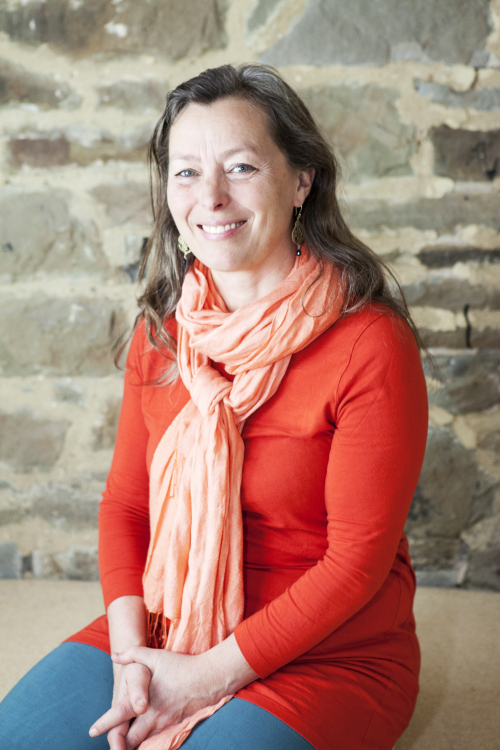
by Charlotta Martinus, TeenYoga
“All of my friends smoke a spliff every day and/or take medication, either to help them
Niall, age 17sleep, or to combat anxiety or depression or for ADHD. Those drugs get shared around and sold, especially during exams.”
In an uncertain world, young people are turning to coping strategies that are available to them. The medications that are designed to support those with anxiety and depression are not licensed for use among those under 18 years old and even if they were we are not clear how these might affect young minds and bodies going forward. Moreover, 85% of psychosis in adolescence is as a direct result of illegal drug use.
In my own experience, young people have a very particular set of stressors, unlike any generation before them.
These involve most recently a set of political and economic uncertainties together with a bombardment of information on cell phones and tablets 24/7, which cause a level of anxiety unlike any before. Moreover, in the personal sphere, young people are constantly being exposed (physically and mentally), judged and “informed” on how to be cool, good looking, smart and popular. This is happening from toddlerhood onwards. This trend, according to sociologists, is set to continue at a rapid speed. (we are using social media at 10% of the rate to which it will be used in 10 years’ time). This has created an outward-looking, vigilant and anxious generation, who do not know how to switch off, with their mobile phones in their beds next to them.
Many young people have also been effected by trauma, which renders them almost helpless in the face of adversity, as they have a learned response of defensiveness and vigilance. We are seeing a rise in: chronic fatigue, rheumatoid arthritis, diabetes, obesity, ME, suicide and depression among young people across the world as a direct result of these social and personal changes and the lack of resilience which accompanies these changes.
Yoga offers a move in the opposite direction.
In yoga, we are continuously guided and invited to move inwards, on a journey that intelligently navigates our thoughts, emotions (including fear and anxiety) into a place of stillness. The magic and beauty of this practise is that it engages our body and uses this as an entry-point into stilling our minds and finally into the majestic silence of the soul.
The physical practise is designed specially to engage all muscles and then release them, in turn. It also accesses our inner organs, squeezing and releasing, to ensure proper digestion, excellent muscle toning and balancing of the glands in the body that organise and secrete hormonal activity. It stretches and releases collagen fibre in the body, to support quick healing from injury. It also works on raising the bone density, which is connected to positive mental health.
The breathing, in turn, is an excellent way to slow down the hectic mind and bring focus and clarity, allowing the heart rate to slow down, regulating high blood pressure also raising HRV (heart rate variability), which is connected to positive mental health.
Many of the practises in yoga (breathing and physical) also impact the vagus nerve, which is the initiator of the parasympathetic nervous system( relaxation response). In mental health hospitals across the world, vagal stimulation has been one of the most successful treatments for deep and long lasting depression. In yoga, we stimulate the vagus nerve through backward bends and certain breathing practises in a gentle and non-invasive manner, slowly raising health.
Moreover, the practise is often done in a small group where the leader has been trained to create a “safe space” where emotions can be shared or felt openly without judgment. This creates community and social cohesion. Reported benefits have been a sense of release, connection and joy.
Yoga has also been attractive to schools and youth organisations, wishing to look at conflict resolution. The way this works, is simple. When we teach practises to manage our own emotions and we manage to embody and model these practises as teachers and adults, we become emotionally literate and able to meet tricky situations with balance and harmony within ourselves, dampening and managing anyone else’s anger simply with our own techniques for self-efficacy.
Scientifically we can point to a number of interesting studies, namely Dr Chris Streeter’s paper on the apparent increase of GABA (Anti-anxiety receptors) and yoga, 2007. There is also Dr Shirley Telles’ work on the impact of yoga on adolescents (2013) where she took a medical model of research and measured the impact of yoga vs PE on a group of young people, found that the yoga had more
Yoga is a science of wellbeing. It is designed to take the student from a place of lethargy and disengagement to a place of optimal wellbeing through 8 steps:
- Ethics/ civic attunement
- Mindset/positive thinking
- Exercise
- Breathing practise
- Inward reflection
- Focus
- Stillness
- Balanced and sustained joy
This system was designed around 7000 years ago and has always been important as a guide to optimal wellness ever since.
About Charlotta Martinus

Mother of two teenage boys,
Thank you, this is wonderful and inspiring ?